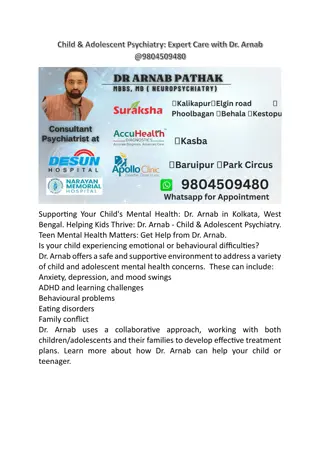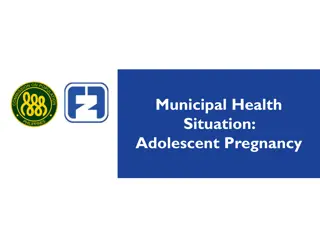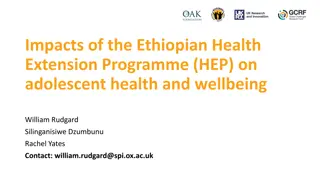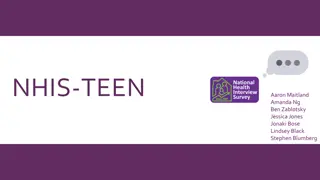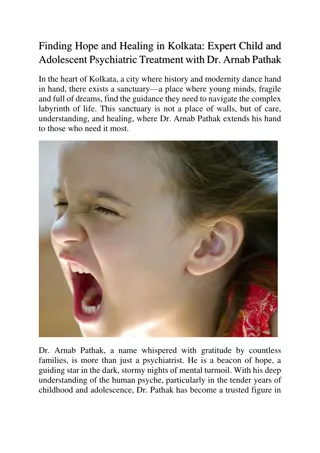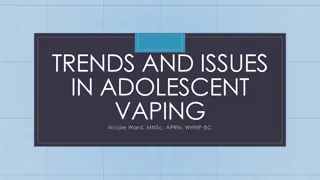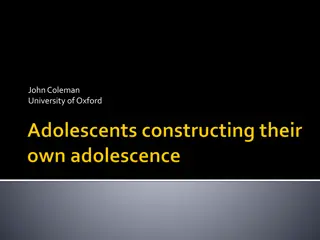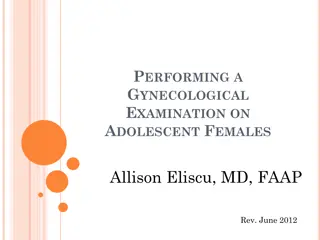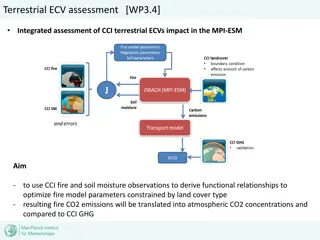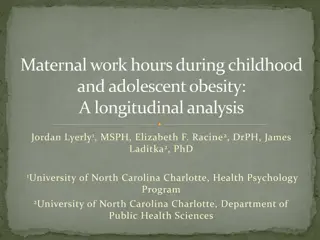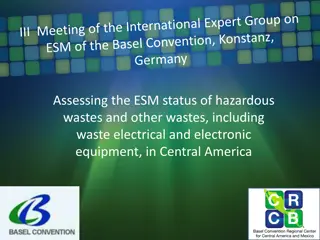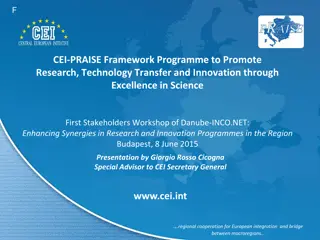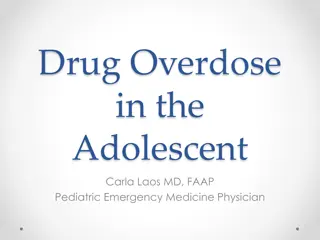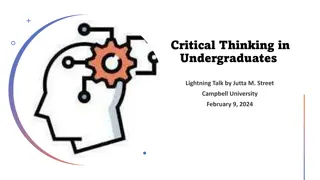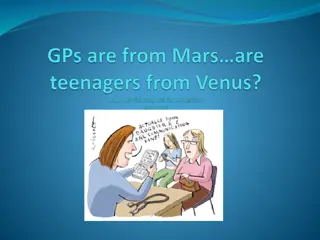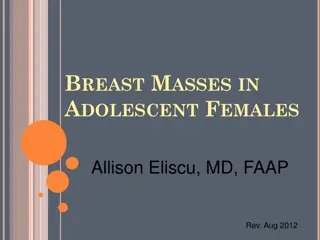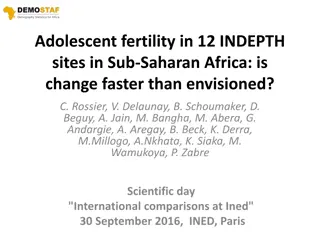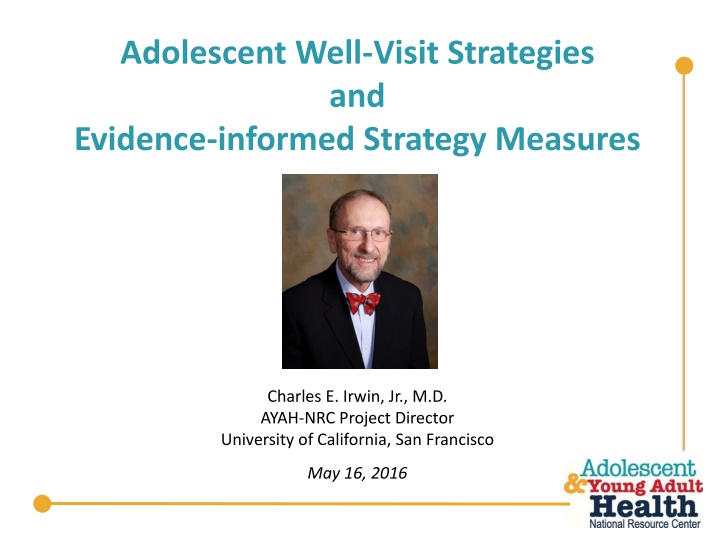
Adolescent Well-Visit Strategies and Evidence-Informed Measures
Learn about strategies and evidence-informed measures for adolescent well-visits, including improving access to preventive services, enhancing quality of care, and implementing state-level policies. Discover how stakeholders can collaborate to educate and promote the importance of annual visits, ultimately improving adolescent and young adult health outcomes.
Download Presentation

Please find below an Image/Link to download the presentation.
The content on the website is provided AS IS for your information and personal use only. It may not be sold, licensed, or shared on other websites without obtaining consent from the author. If you encounter any issues during the download, it is possible that the publisher has removed the file from their server.
You are allowed to download the files provided on this website for personal or commercial use, subject to the condition that they are used lawfully. All files are the property of their respective owners.
The content on the website is provided AS IS for your information and personal use only. It may not be sold, licensed, or shared on other websites without obtaining consent from the author.
E N D
Presentation Transcript
Adolescent Well-Visit Strategies and Evidence-informed Strategy Measures Charles E. Irwin, Jr., M.D. AYAH-NRC Project Director University of California, San Francisco May 16, 2016
Introducing: The Adolescent and Young Adult Health National Resource Center Purpose: To improve adolescent and young adult health and address their health issues by strengthening the capacity of State Title V MCH Programs and their public health and clinical partners to better serve these populations (ages 10-25) Four-year cooperative agreement supported by MCHB (2014 - 2018) http://nahic.ucsf.edu/resources/resource_center/
University of California San Francisco University of Minnesota University of Vermont
The Centers Approach to National Performance Measure #10 Three National Strategies 1. Improve access & uptake of preventive services 2. Improve the quality of preventive services 3. Improve state/systems-level policies & practices to assure access to high-quality preventive services Strategies 1 and 3 are directly related to NPM-10 List of possible strategies available here: http://nahic.ucsf.edu/ayah-coiin-nst/
National Strategy 1: Improve access & uptake of preventive services Activity Measure Improve education/marketing about the value of the preventive visit in partnership with stakeholders (e.g., schools; counties; professional or parent organizations) 1. # of public service advertisements/marketing campaigns disseminated 2. # stakeholders implementing campaigns 3. # of hits to campaign website or hotline calls for more information 4. Measure pre/post-implementation awareness of importance of annual visit Collaborate with Federally Qualified Health Centers, School-based Health Centers, and other clinical delivery systems to assure optimal utilization. 1. #/% of practices within each system that have implemented a practice-wide reminder system 2. #/% of clinical delivery systems that participate in programs to increase the rate of adolescent well-visits (e.g. movie ticket incentives, back-to school promotions) Each stakeholder may be able to monitor improvement in awareness and/or utilization over time (pre-post activity implementation) in PDSA cycles
National Strategy 2: Improve the quality of preventive services(may be secondary strategies/ESMs) Activity Measure Strengthen clinic policies & practices to support AYA- centered care 1. # of clinics assessing policies and practices related to AYA-centered care (examples: scheduling same-day appointments; provision of time alone during visit) 2. # of clinics changing policies and/or practices related to AYA-centered Care, based on assessment 3. # of clinics educating families and providers about changes in clinical policies and practices Train clinicians & staff to strengthen capacity to provide AYA-centered care 1. Develop and implement training on AYA-centered Care 2. # clinician trainings conducted 3. # trained clinicians reporting changing practice
National Strategy 3: Improve state/systems -level policies and practices Activity Measure Collaborate with state-level programs and professional clinical organizations to strengthen policies & practices to support receipt of AYA-centered preventive care 1. # of partnerships developed between state Title V Programs and state-level programs (e.g., Medicaid) and/or professional organizations (e.g., American Academy of Pediatrics), with specific activities (e.g., clinician training; promotion of well visit) 2. # activities implemented, as defined by partnership Collaborate with state agencies serving youth in foster care to increase receipt of preventive care among youth in foster care 1. Assist foster care agencies in developing systems to assist foster care families to schedule annual preventive visit for their youth in foster care 2. # agencies that implement monitoring systems for tracking preventive visits received by youth
Stay Tuned for Additional Strategies and Measures from Strengthen the Evidence for MCH Programs Initiative Johns Hopkins University See: http://semch.org/uploads/3/4/9/4/34942022/sample_strategies_and_esms_040116.pdf.



